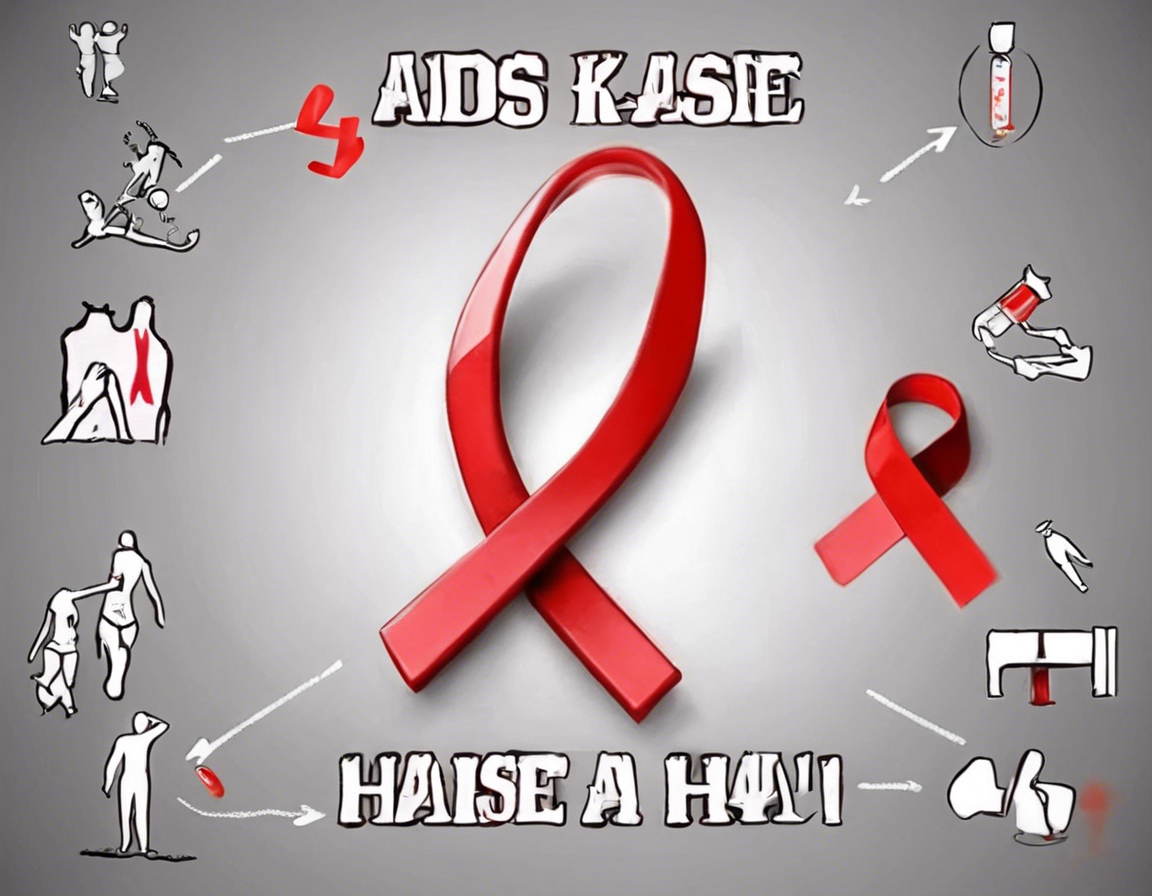Introduction
Acquired Immunodeficiency Syndrome, commonly known as AIDS, is a serious condition caused by the Human Immunodeficiency Virus (HIV). It weakens the immune system, making individuals more susceptible to various infections and diseases. Understanding how AIDS spreads is crucial for prevention efforts and promoting public health. This article will delve into key facts about AIDS transmission and explore effective prevention strategies.
Modes of Transmission
-
Sexual Contact: The most common way HIV is transmitted is through unprotected sexual contact with an infected individual. This includes vaginal, anal, and oral sex. Practices such as having multiple partners, engaging in unprotected sex, and not knowing the HIV status of a partner increase the risk of transmission.
-
Blood-to-Blood Contact: HIV can also be spread through sharing needles and syringes contaminated with infected blood. Healthcare workers may be at risk if they are exposed to infected blood through needle-stick injuries or splashes to mucous membranes.
-
Mother-to-Child Transmission: HIV can be transmitted from an infected mother to her child during pregnancy, childbirth, or breastfeeding. However, with proper medical interventions, the risk of transmission from mother to child can be significantly reduced.
-
Blood Transfusions and Organ Transplants: While rare in countries with strict screening procedures, there have been cases of HIV transmission through blood transfusions and organ transplants from infected donors.
Prevention Strategies
-
Safe Sex Practices: Using condoms consistently and correctly during sexual activity is an effective way to prevent the transmission of HIV and other sexually transmitted infections (STIs).
-
HIV Testing and Counseling: Knowing one’s HIV status is crucial for early detection and access to treatment. Regular testing is recommended, especially for individuals at higher risk.
-
Pre-Exposure Prophylaxis (PrEP): PrEP is a preventive medication for individuals at high risk of contracting HIV. When taken as prescribed, PrEP can significantly reduce the risk of HIV infection.
-
Needle Exchange Programs: Providing sterile needles and syringes to individuals who inject drugs can reduce the risk of HIV transmission through needle sharing.
-
Treatment as Prevention: Antiretroviral therapy (ART) not only helps individuals with HIV live longer and healthier lives but also reduces the viral load in their body, making them less likely to transmit the virus to others.
Frequently Asked Questions (FAQs)
- Can I get HIV from kissing?
-
HIV is not transmitted through saliva, so kissing is considered a low-risk activity. However, if both partners have cuts or sores in their mouths, the risk may increase.
-
Is it safe to share needles if they are cleaned with bleach?
-
While cleaning needles with bleach can reduce the risk of HIV transmission, it is not a foolproof method. The best practice is to use sterile needles and syringes for each injection.
-
Can I get HIV from mosquitoes?
-
No, HIV is not spread through insect bites like mosquito bites. The virus is not able to survive and replicate in mosquitoes.
-
Are all bodily fluids contagious when it comes to HIV?
-
While HIV can be found in various bodily fluids like blood, semen, vaginal fluids, and breast milk, the concentration of the virus in saliva, sweat, and tears is typically too low to transmit the infection.
-
Is there a cure for HIV/AIDS?
- Currently, there is no cure for HIV/AIDS. However, advancements in medical research have led to highly effective treatments that can control the virus and allow individuals to lead long and healthy lives.
In conclusion, understanding how AIDS spreads is vital for implementing effective prevention measures and reducing the global burden of HIV. By promoting safe sex practices, regular testing, access to PrEP, needle exchange programs, and early treatment, we can work towards ending the HIV epidemic and ensuring healthier communities worldwide.
